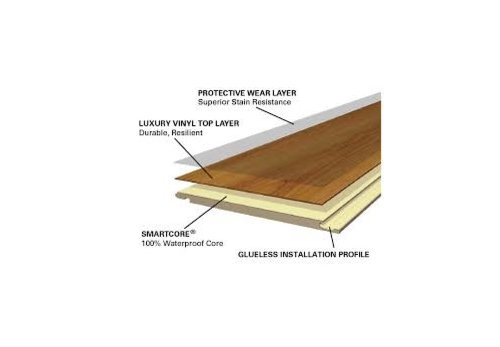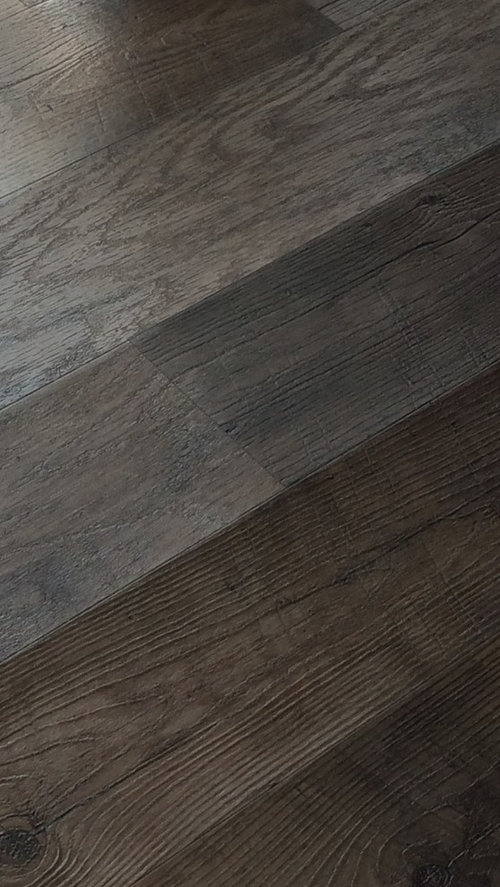The type of vinyl flooring and type of subfloor you have will determine if you are able to use a vinyl flooring underlayment.
Why do some vinyl planks say do not use underlayment.
If you do manage to lock the boards they may eventually come unlocked because the base is not solid.
Unlike laminate flooring most vinyl floors are designed to lay directly on top of the subfloor.
What sizes do laminate flooring underlayments come in.
It is important to know if you need underlayment or not with a vinyl flooring installation.
This is a question we get daily.
Underlayment for vinyl sheet flooring the best underlayment for vinyl sheet flooring is typically plywood although particle board can also be used.
If you ve chosen luxury vinyl plank flooring as a replacement for your current flooring you ve made a very smart choice.
Plywood underlayment is a thin plywood material that is most commonly used under resilient flooring materials such as vinyl and linoleum sheets and tiles.
The planks will not properly lock together.
Not only is a second layer of underlayment unnecessary but it can also be detrimental to the stability of your flooring.
Putting a soft product under vinyl plank will result in an unstable floor that is much more inclined to being damaged and even punctured or torn over time.
A vinyl flooring underlayment will not be as thick as a laminate or hardwood underlayment.
Most lvp flooring is water resistant some types are even waterproof and it s also very durable able to resist dents dings scratches and stains.
Since sheet vinyl thickness is around.
Underlayment takes out any minor deviations in the subfloor 2.
While underlayment for vinyl planks may be used under hardwood and laminate the reverse is not true.
Vinyl floors that are glue down or loose lay will not need a vinyl underlayment as these floors will be installed directly over the subfloor.
Vinyl planks require hard thin underlay because the product itself is softer.
Higher r values mean that less heat will run through the underlayment.
Since vinyl planks are generally thinner than a laminate the underlayment is also thinner.
Some underlayment options come with a thermal rating which is also known as an r value.
It can also be used under hardwood laminate and carpet but this is much less common these days because subflooring is typically smooth enough for these materials many of which are installed with a different type of underlayment or pad.
It s extremely beautiful flooring that mimics natural hardwood and sometimes even stone.










